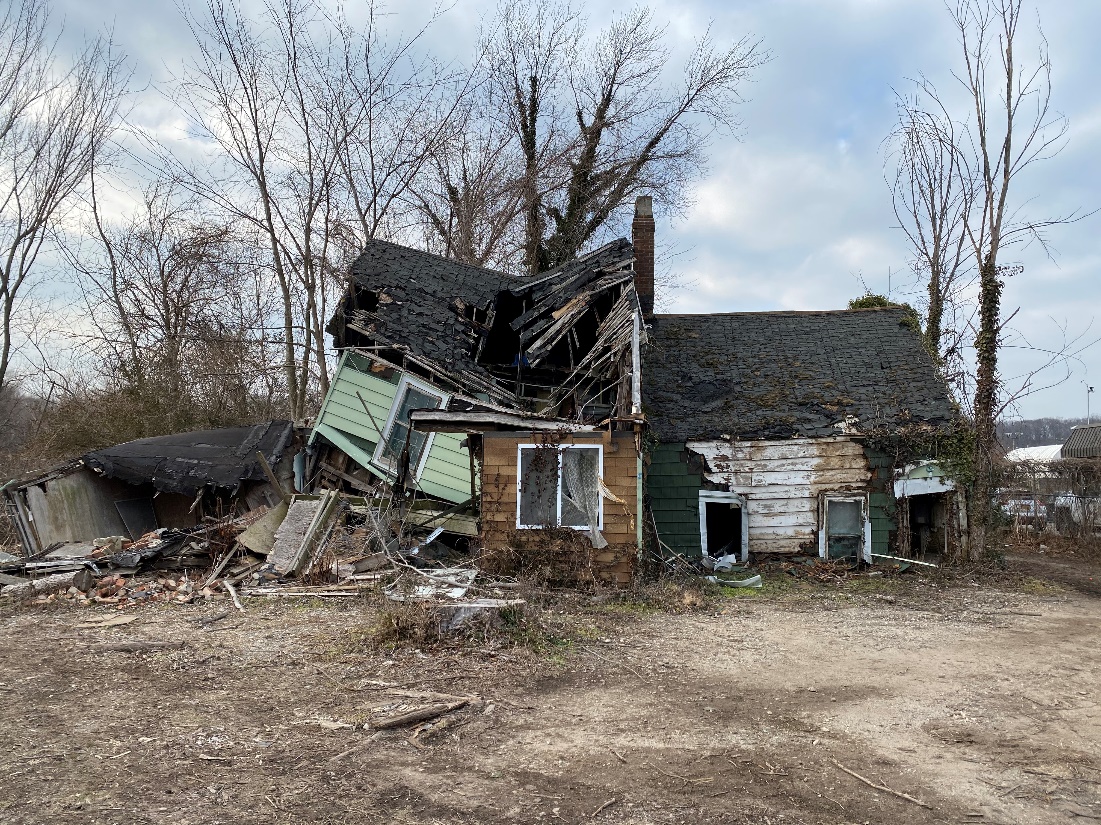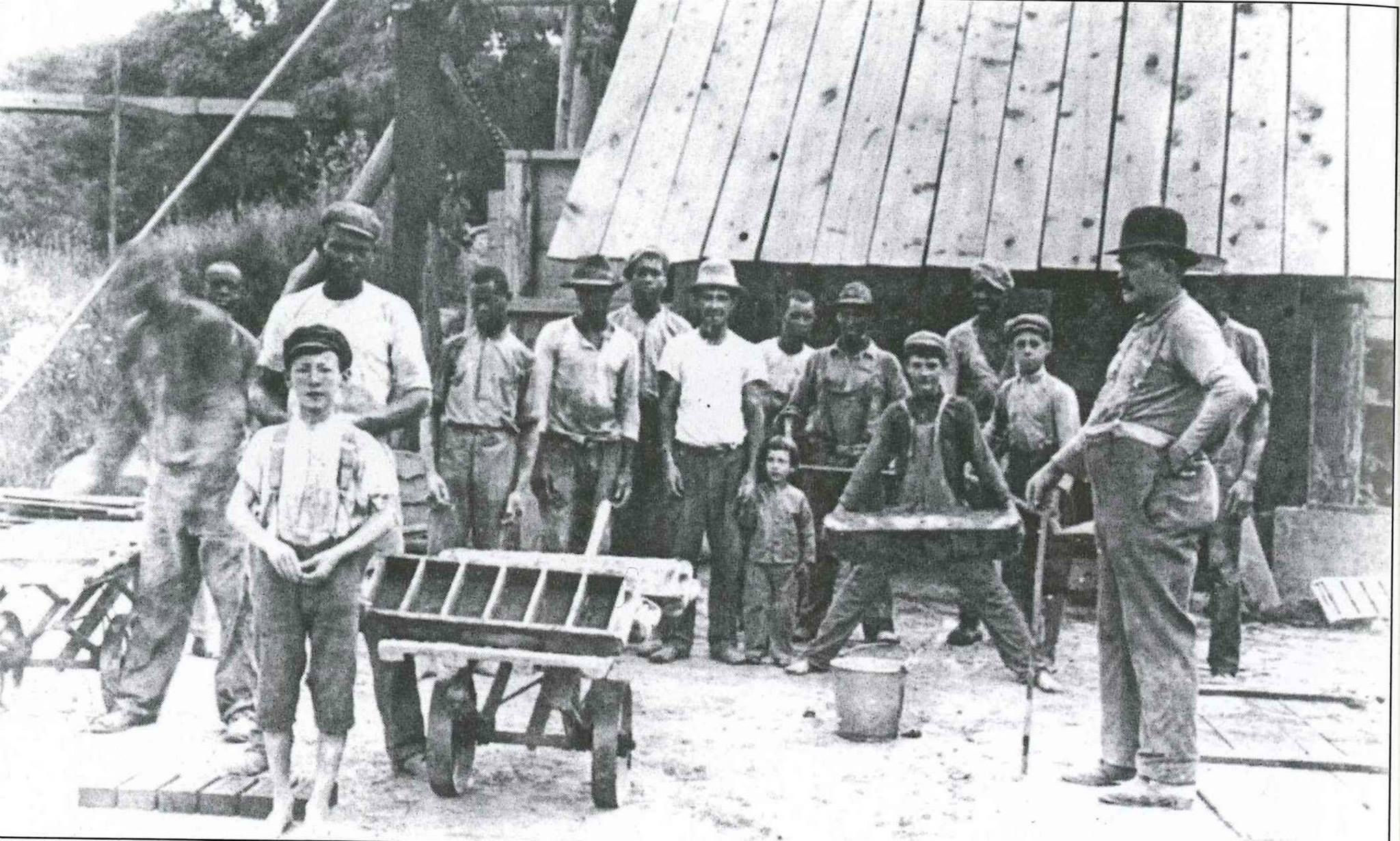ADVOCACY UPDATES:
April 2023: The Huntington Town board approved a 99-year license agreement with the nonprofit Huntington African American Museum to allow for a parcel of town-owned land near the original home of Peter Crippen, one of the town’s early leaders in the African-American community, to be used for the facility.
Click to access Crippen-House-Plan-for-African-American-museum-gets-boost-Newsday.April-2023.pdf
UPDATE! Peter Crippen House:Anonymous Donor Extends Match Through March 31, 2022
UPDATE! Endangered Historic Places 2021: Peter Crippen House
ACTION ALERT!
Attention Huntington residents! Join us in supporting preservation efforts at the Peter Crippen House at 61 Creek Road, Huntington, NY. If you live in the Town of Huntington, please contact your local elected officials to let them know you support efforts to recover and preserve the important historic and archaeological resources at this town-owned property!
Huntington Town and the 1653 Foundation have partnered to raise funding to help cover the costs of further archaeological study at the property. Donations for this project may be made online at: https://1653foundation.org/crippen-house

Why is the Peter Crippen House historically significant?
Peter Crippen (ca. 1809–1875) was a prominent member of Huntington’s 19th-century African American community and a co-founder of Huntington’s African Methodist Ebenezer Church (currently known as the Bethel African Methodist Episcopal Church). Born into a free community of color on a Quaker-owned plantation in Virginia, Crippen migrated to Cold Spring Harbor in the 1830s to work at the Crossman Brickyards on West Neck near Cold Spring Harbor. According to Suffolk County records, Crippen purchased the property at 61 Creek Road from Elbert and Eliza Walters for $275 in 1864 (just one year after President Abraham Lincoln issued the Emancipation Proclamation). Thanks to new evidence brought forth by descendants and renewed public interest, the New York State Historic Preservation Office determined the property eligible for listing on the National Register of Historic Places in 2020 (please note that poor condition does not make a site ineligible for the National Register).
The northern wing of the Peter Crippen House is believed to preserve Huntington’s first colonial mill (built 1657), one of the oldest surviving industrial structures on Long Island (if not the country). After the mill was taken out of service in 1672, it was moved from Mill Lane to Creek Road and converted into a residence. The larger southern wing was added by the Crippen family in the late 19th century, significantly expanding the older northern wing. After his death, Peter Crippen’s descendants continued to own the property up until 2019, when it was acquired by the Town of Huntington with plans to expand parking for the neighboring Huntington Sewage Treatment Plant. In recent decades, the house was unoccupied due to noxious conditions caused by the adjacent sewage plant and hazardous flooding related to extensive infill of surrounding areas.

Why is the Peter Crippen House endangered?
Following strong public opposition in 2020, the Huntington Town Board delayed plans to demolish the Peter Crippen House to expand parking at the Huntington Sewage Treatment Plant. Town-sponsored studies are currently underway to inform a comprehensive preservation plan for the recovery, reconstruction, and public interpretation of historic structures and archaeological materials from the Peter Crippen House at a new site more suitable for public visitation.
The Manes Peace Prize Foundation donated $8,500 to the town in 2020 to support an initial Phase 1 archaeological investigation at the property directed by Dr. Allison McGovern. Huntington Town also received a $4,000 Technical Assistance Grant from the Preservation League of New York State for an engineering study to determine if and how the historic structures can be moved. Additional funding will be needed to develop and execute a comprehensive preservation plan for the recovery, reconstruction, and public interpretation of historic structures and archaeological materials.

How can the Peter Crippen House be preserved?
Preservation Long Island joins local stakeholders and community members in advocating town officials to pursue the following actions for preserving the site’s historic structures and archaeological materials:
• Adopt a comprehensive preservation plan for the Peter Crippen Home Site as soon as possible in collaboration with professional consultants, local stakeholders, and potential nonprofit stewardship partners.
• Fully document and recover all historic structures and archaeological resources at the site to inform future restoration and public interpretation at a new location.
• Leverage pledges of public funding to raise dollar-for-dollar matching contributions from private donors and foundations. Private matching funds could help support rehabilitation work, as well as future public programming provided by nonprofit stewardship partners.
• Seek additional guidance for preservation planning and decision-making from experts at New York State Historic Preservation Office’s Technical Preservation Services Bureau.
Sources and further reading:
• Determination of Eligibility for the National Register of Historic Places, Peter Crippen House, 61 Creek Road, Huntington (2020) New York State Historic Preservation Office
• “Digging the Roots of Inequality on Long Island” (2014) by Dr. Allison McGovern
• Slavery in New York (2005) by Dr. Ira Berlin and Dr. Leslie M. Harris
• Race and Liberty in the New Nation: Emancipation in Virginia from the Revolution to Nat Turner’s Rebellion (2006) by Dr. Eva Sheppard Wolf
Preservation Long Island’s Endangered Historic Places Program is made possible in part by a grant from the New York State Council on the Arts with the support of Governor Andrew M. Cuomo and the New York State Legislature.




